I Bought a Copy of Microsoft Office XP... Let's Go Through It!
...my favorite version of Office!
If you’re a reasonable person, you might be asking, “Why, in the world, did you just buy a 22-year-old version of Office?” That is a fair question. If you enjoy vintage computers and software, you might be asking the same thing. I mean, it’s abandonware at this point, so why not just download a copy for free? I would argue that is also a valid point. Microsoft doesn’t sell it anymore, it’s been out of official support since 2011, and it’s missing features that Office has relied on since the release of Office 2007 like XML support.
So what makes me like this particular version of Office so much? Well, I think it’s mostly because I used it so much in college. Even back in the early 2000s I was writing a lot: school papers, blog posts, stories, poems, etc, and I was doing it all in Office XP from about 2003-2009. Also, I really like the simplistic older design of the UI. Office 2003 was fine, but it colorized the interface in a way I didn’t prefer, and Office 2007 shifted from the traditional design we’d had since Office 95 to the more “modern” ribbon design.
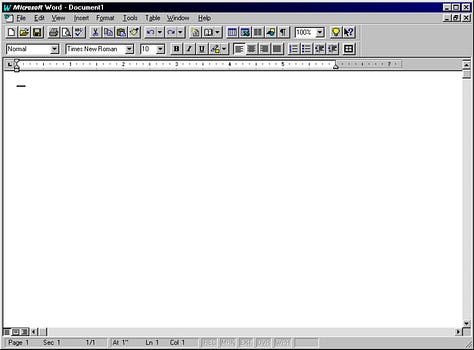
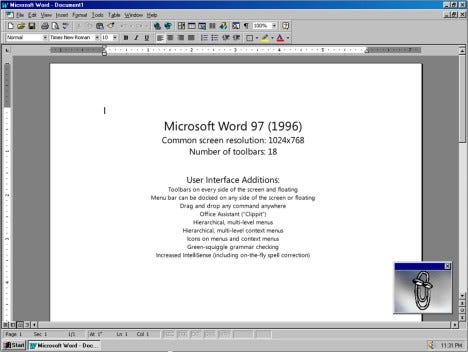
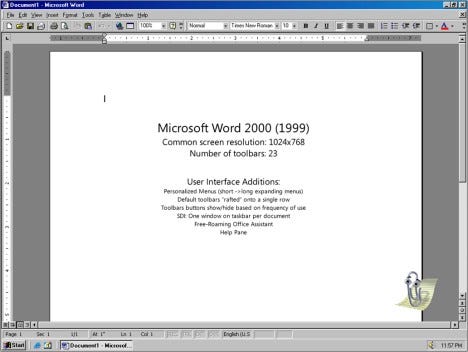
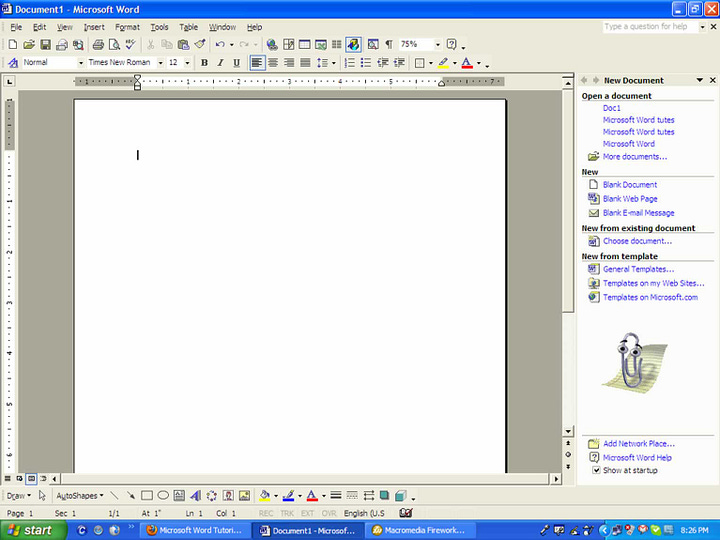
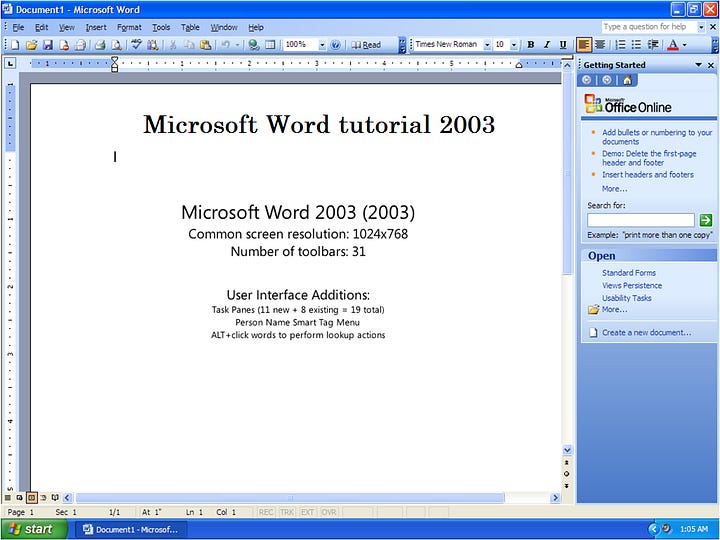
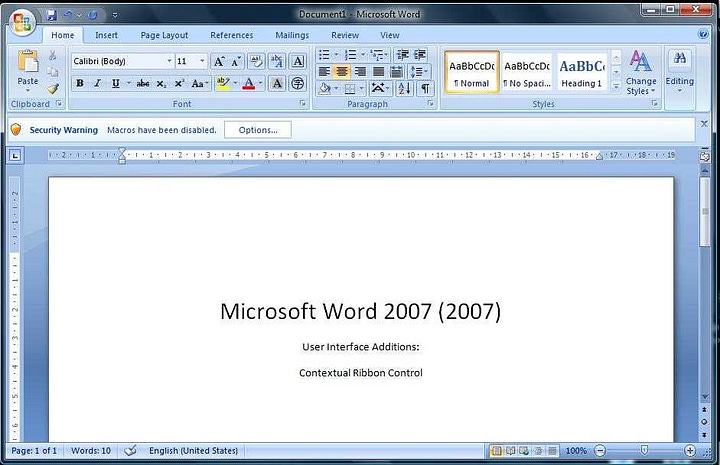
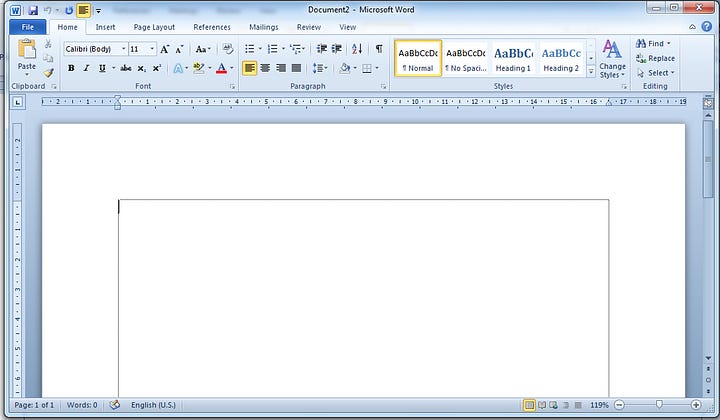
Beyond that, I’ve recently been wanting to build out a big box software collection. I miss the way software used to be distributed. I miss actual guides and manuals in then box. I miss the physical discs that you actually owned. I miss the promotional inserts and the whole unboxing experience. I miss the large cardboard boxes with cool designs and box art — I especially liked the boxes with the front flaps.
With that in mind, I decided to check eBay to see if I could find anything worth picking up. To my surprise, I found a complete-in-box upgrade copy of Office XP for about $21 including shipping — admittedly, I was excited about the price and didn’t notice the “Upgrade” tag on the box, but that’s fine. After about a week, the package arrived and I wanted to share the unboxing with all of you.
The Unboxing
The box arrived on my doorstep 7 days after I ordered it. It came in an old Amazon box that was a little banged up. I’m not sure if that was from the original shipment that the seller got from Amazon, or if it happened in transit to me. Thankfully, the seller did a fair enough job of packing it that the Office box was unharmed.
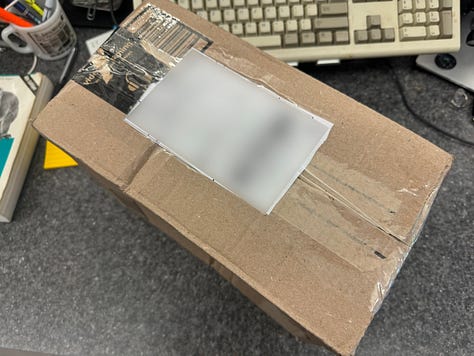
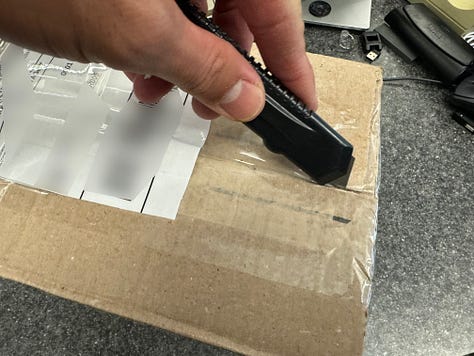
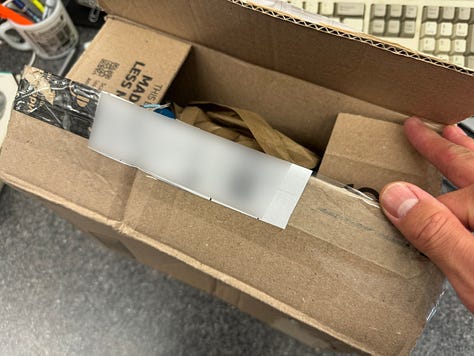
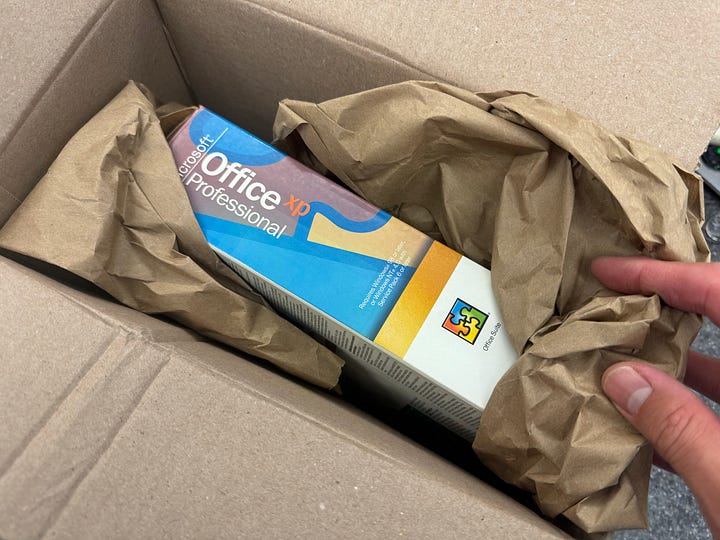
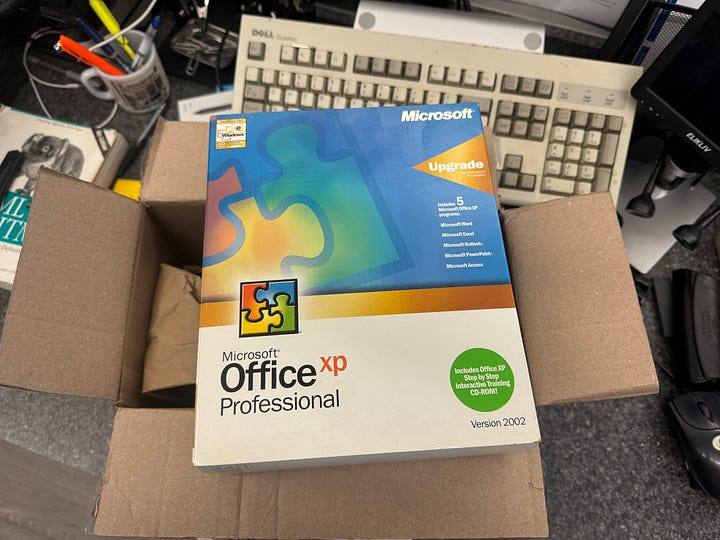
The Software Box
The box itself is approximately your standard 9.5” x 11”of the era (~24 x 27 cm), though it’s a bit thicker at 2.8” (7.1 cm). The box has a gold band around the middle which is an indicator that it is the upgrade version, if the golden flag that reads “Upgrade” wasn’t obvious enough. Also, I do like the old puzzle logo from the 90s that is still present here.
The top of the box included a sticker which serves as the certificate of authenticity instead of getting a separate paper like in older versions. The sides of the box include information on the system requirements and the bottom has the copyright information.
The back of the box includes a couple of screenshots, a few points of new features in Office XP, and a full list of system requirements. It also includes a version comparison chart at the bottom to show the feature differences between Office XP Standard, Professional, and Developer.
Opening up the front flap, you get more details on new features in this version of Office including things like smart tags, autocorrect options, collaboration tools, and more. I’m not exactly sure, but this might be the origin of the autocorrect context menu that we see in Office today.
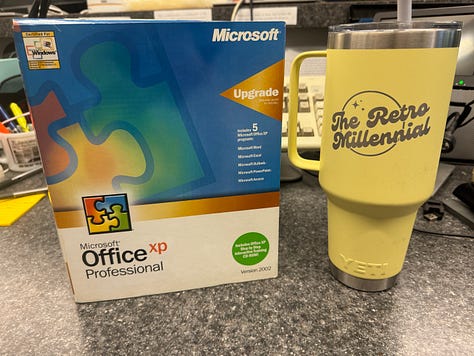
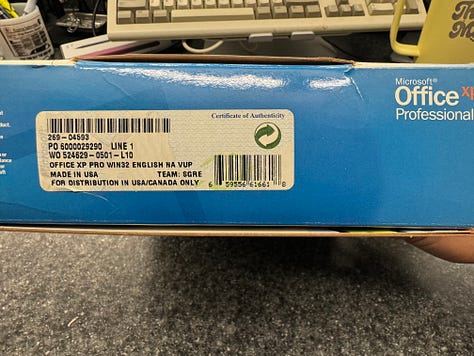
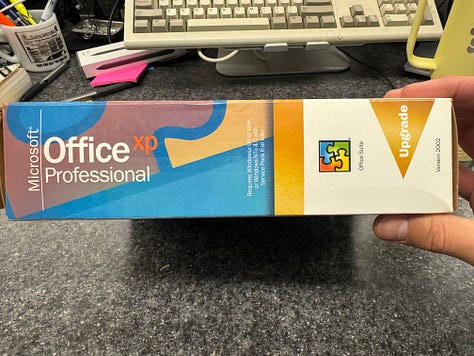
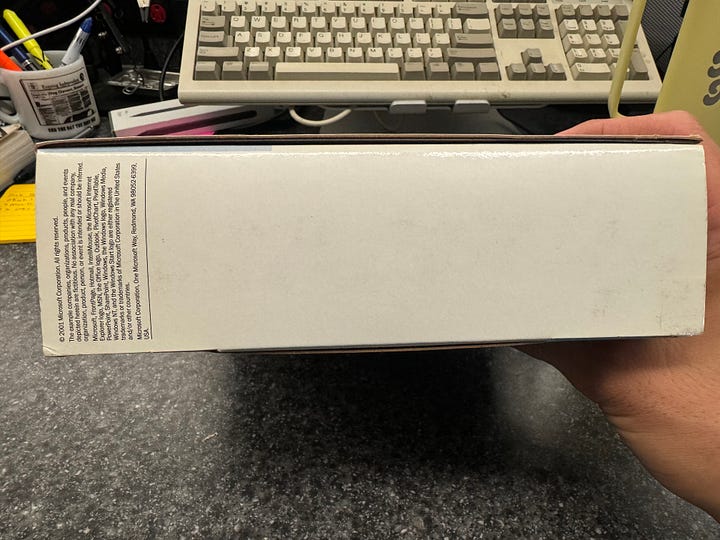

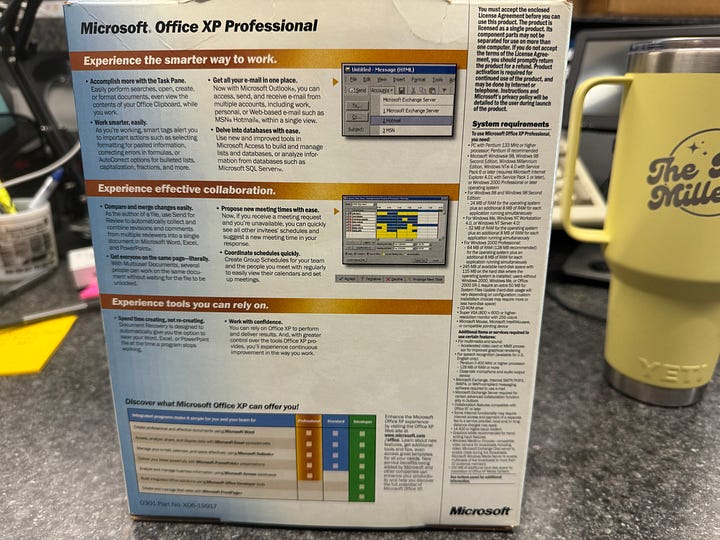
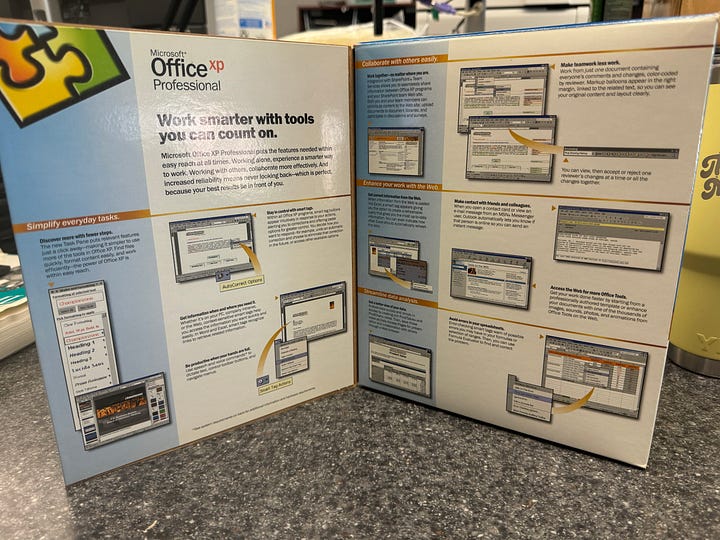
The Inserts
Opening the box reveals a plethora of promotional inserts. The first is an invitation to visit the Microsoft Office website. I’ll be honest, I’m a little tempted to frame this one with the back on display. It’d make a fun little display piece.
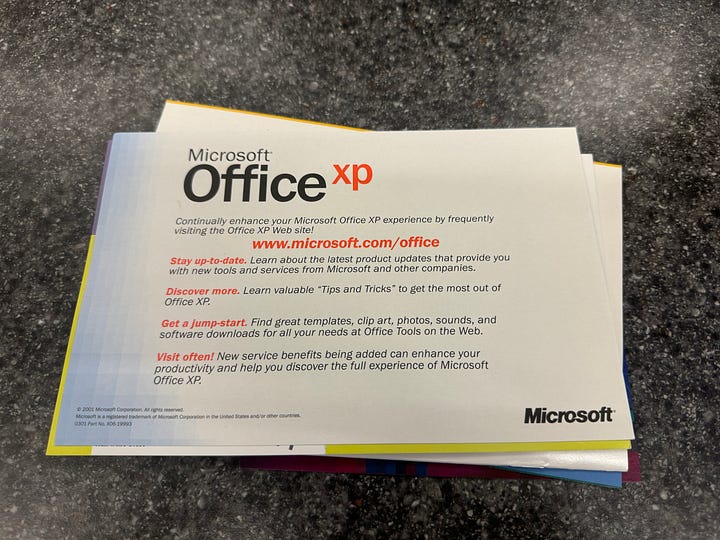
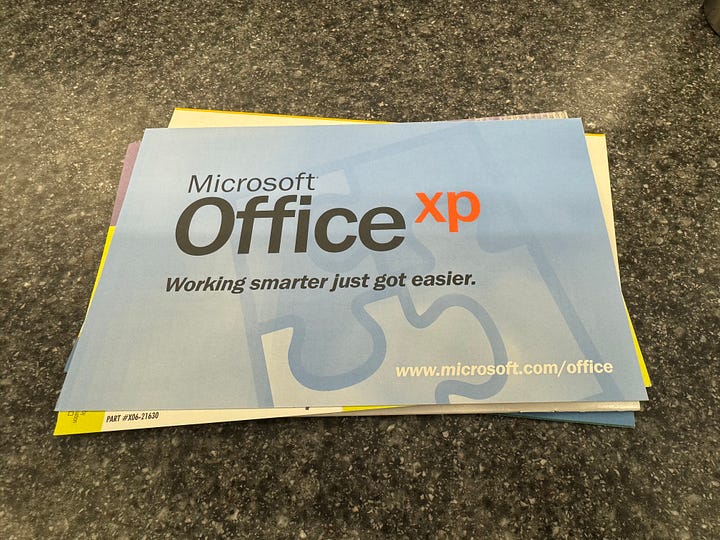
Next up is an advertisement and mail-in post card for a subscription to Office Pro magazine and its affiliated website. According to the ad you get one free issue of the magazine and a free month of the website followed by an opt-in subscription to both print and digital for $37.99 ($66.35 adjusted for inflation).
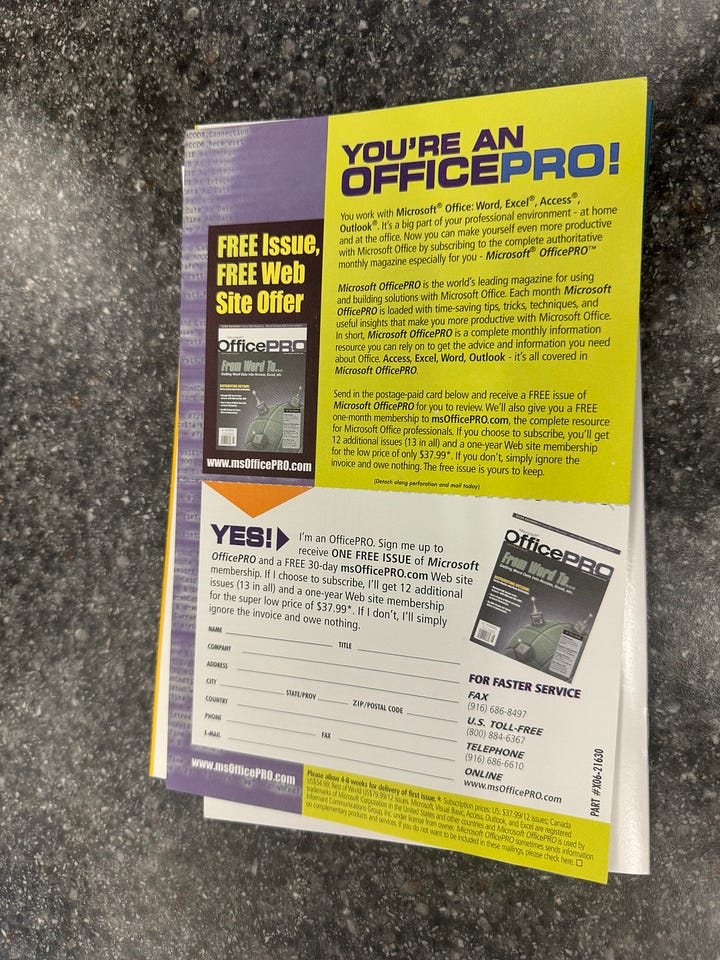
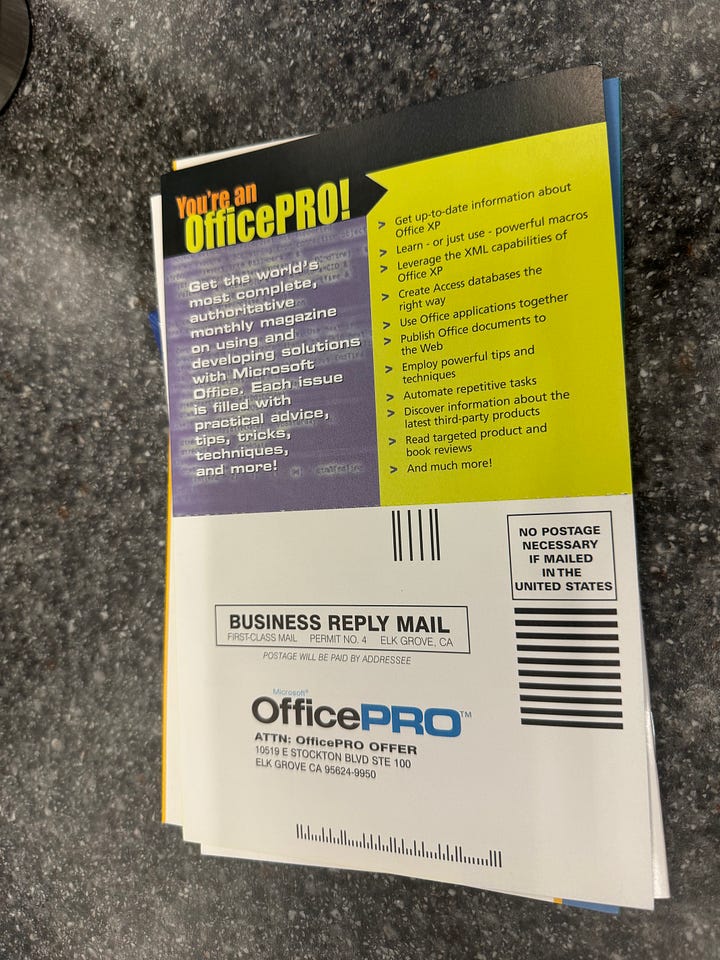
Honestly, this next card seemed out of place. I know it’s from a third-party, but seeing “OFFICE XP” in that weird black and white font was kind of strange given the branding on the box and other documentation. In any event, it was an ad for Plantronics (rebranded to Poly in 2019) USB and line-in headsets for speech-to-text features in the office suite.
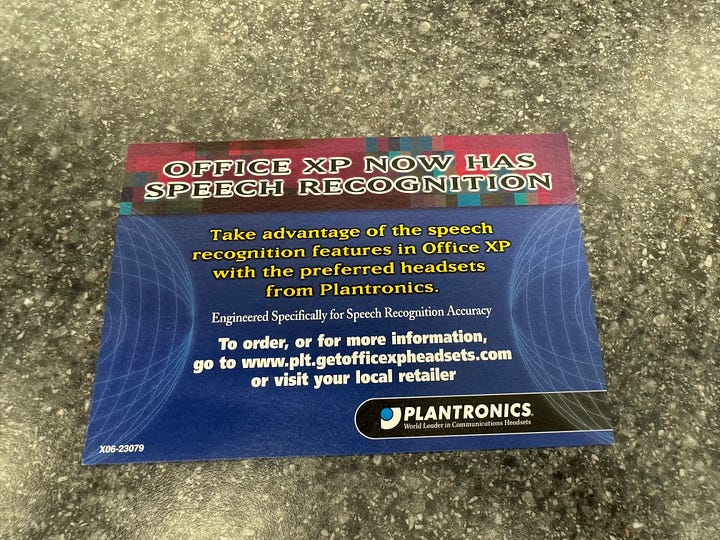
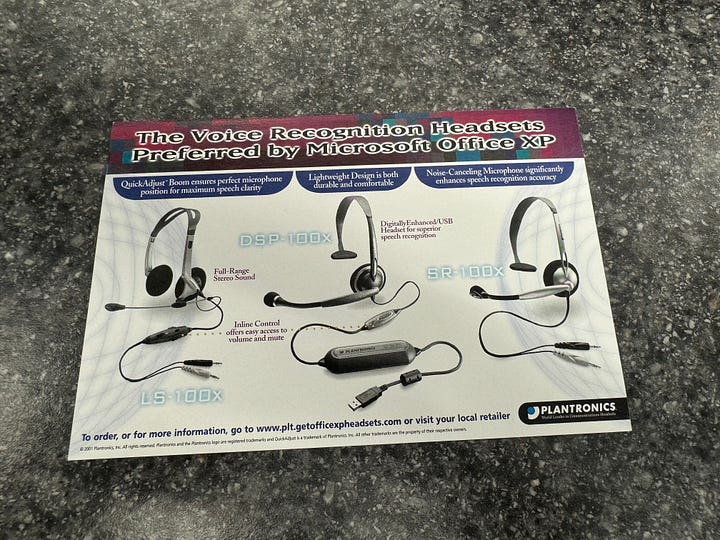
The next insert advertises Microsoft’s web offerings of the time including SharePoint and bCentral, which according to a press release, “Helps Small Businesses Easily Establish an Online Presence With Integrated Suite of Services for Site Creation and Hosting, Web Communications, and Online Marketing”. Strangely enough, the front of this fold-over card is an ad for Microsoft Publisher 2002. I personally think it would have made more sense to advertise something like FrontPage 2002, but they must have had their reasons.
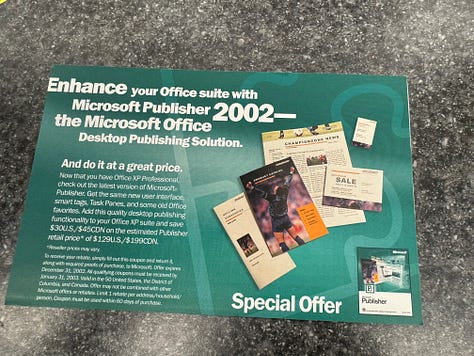
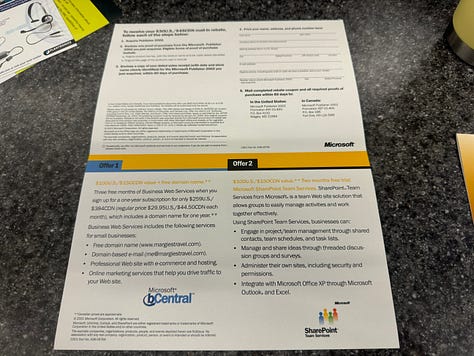
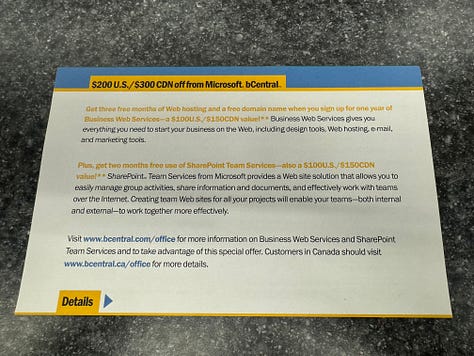
The final insert is the Microsoft Office XP Resource Guide. The booklet is about 9 pages long and includes information on a bunch of other software you can buy and an ad for Kingston RAM modules. Perhaps I will devote some more time to the history of these companies and products in the future.


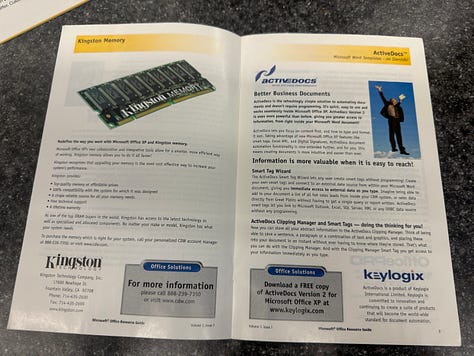
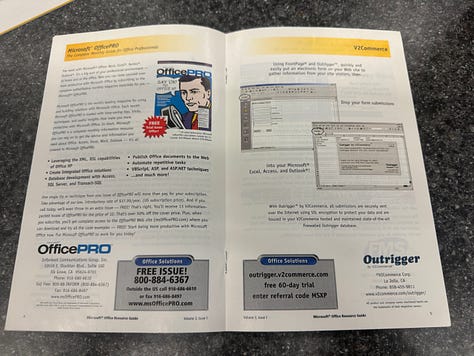
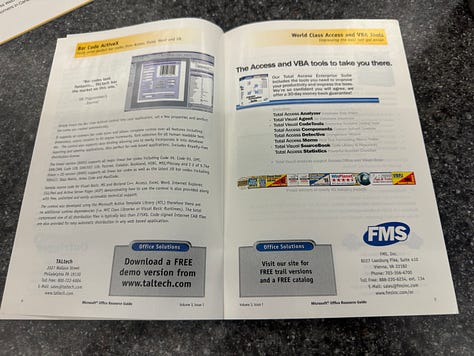
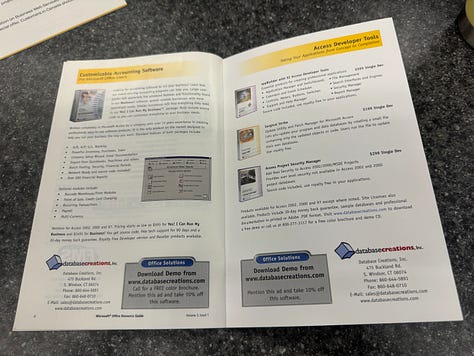
The Manual
In case you couldn’t tell by now, I’m a giant dork. One of the things I was most excited about in getting the full box of Office was the manual, and this one did not disappoint. Now, I don’t think it’s as thick as older versions of Office, like Office 95 or 97, but it’s still a respectable 191 pages.
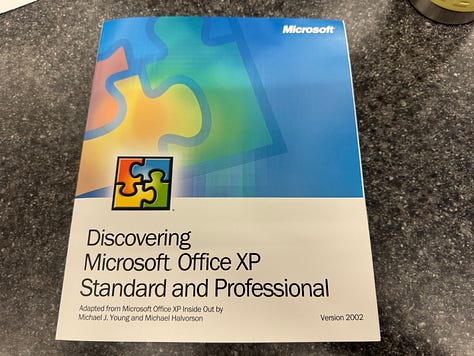
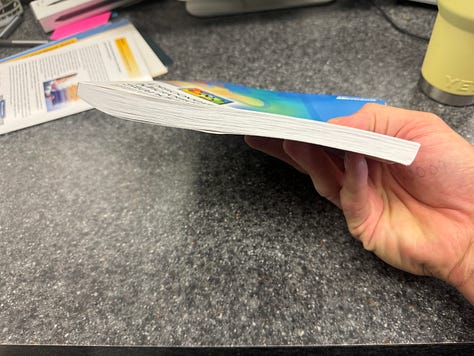
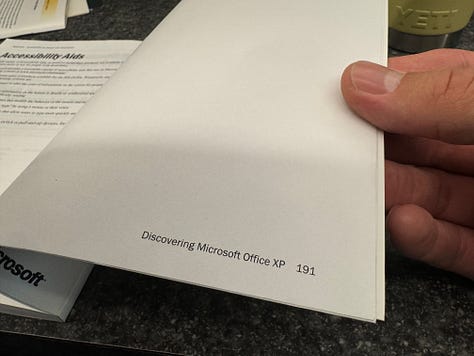
Below are a few pictures of what all is inside of the manual. It’s basically all the stuff that is on Microsoft’s website knowledge-base these days, but it’s actually organized in a logical way and in print which is easier to read.
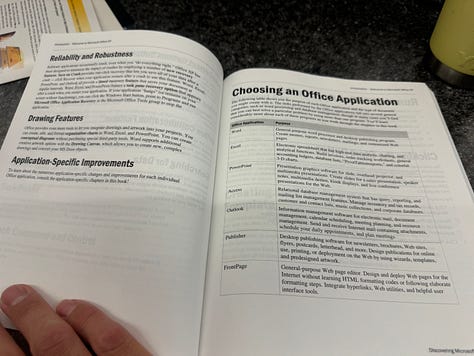
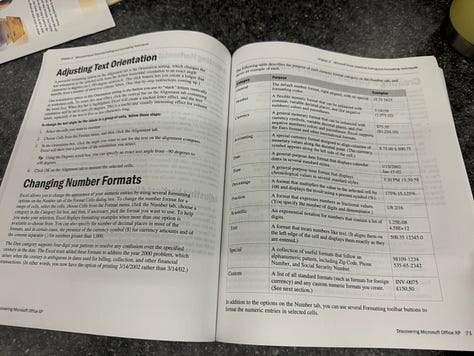
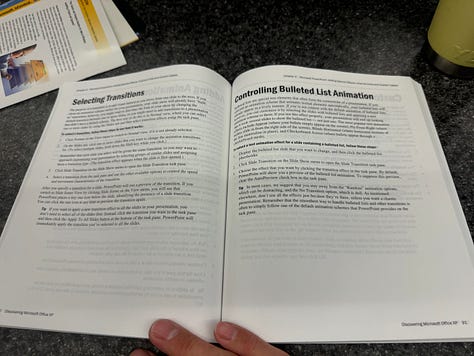
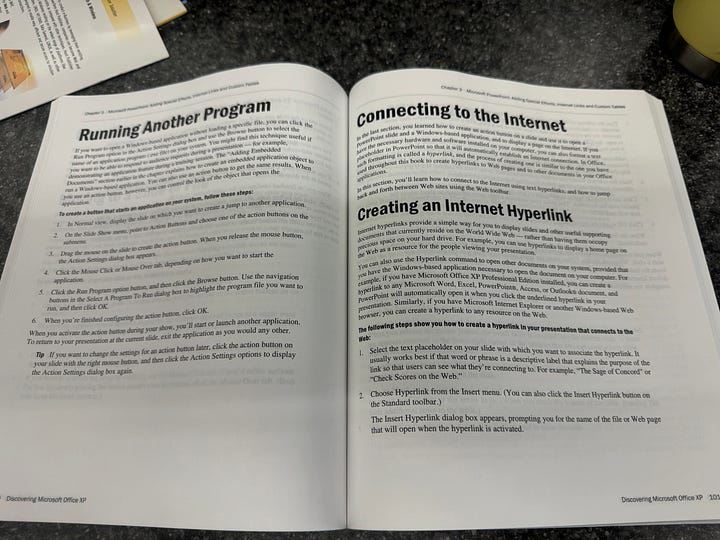
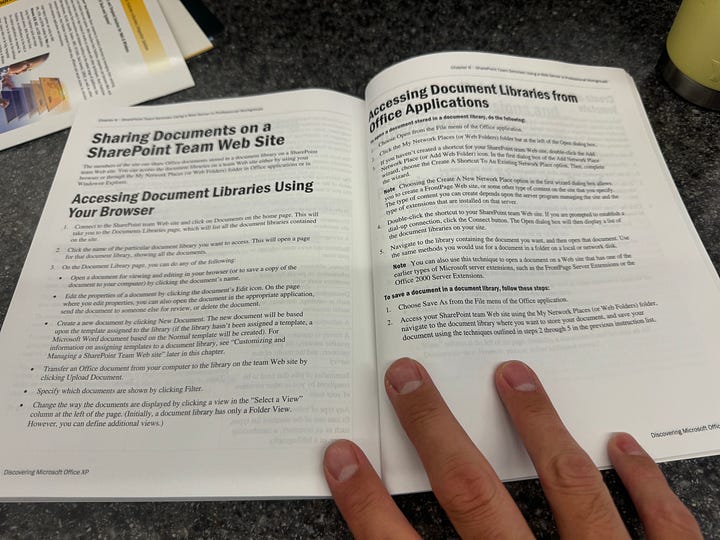
I love it.
The Discs
Now to the main event: the software discs. First up, we have a copy of Microsoft Visio version 2002. I’ve never used Visio, but according to Microsoft, “Visio lets you transform complicated text and tables that are hard to understand into visual diagrams that communicate information at a glance. There are many kinds of Visio diagrams, including organization charts, network diagrams, workflows, and home or office plans.” It could be a useful tool. I’ll be sure to check it out in the future. The back of the disc was free of scratches.
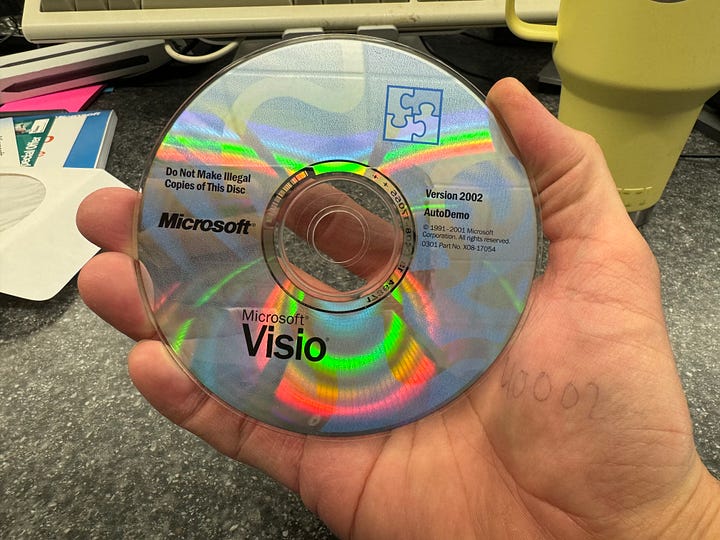
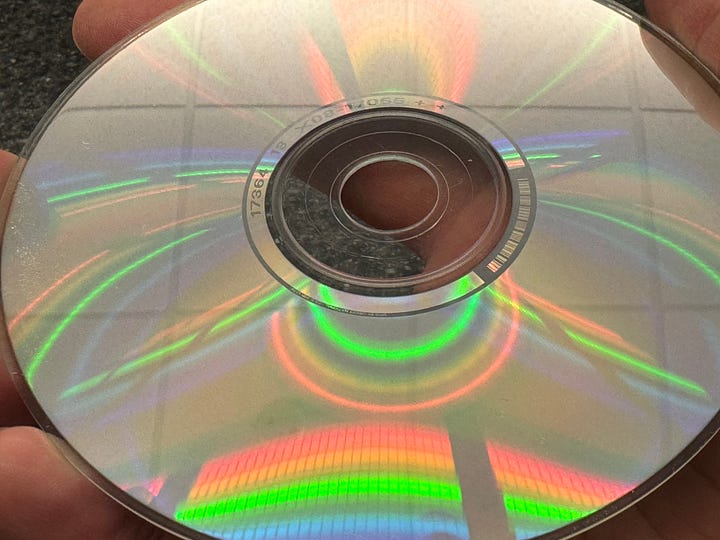
Next up was an Office XP Step-by-Step Interactive Training disc. We will definitely be going through this later on, and just look at that sweet hologram on the disc. All of these discs have them, and it’s one thing that I miss about old Microsoft software. The back of the disc is also in great condition.
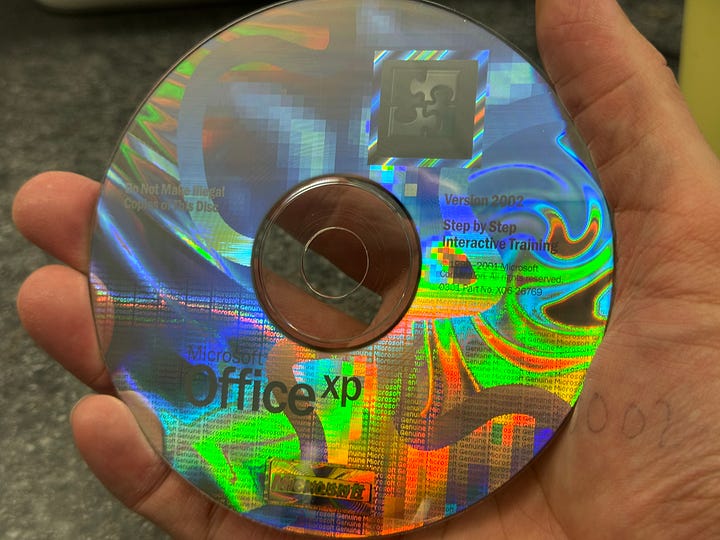
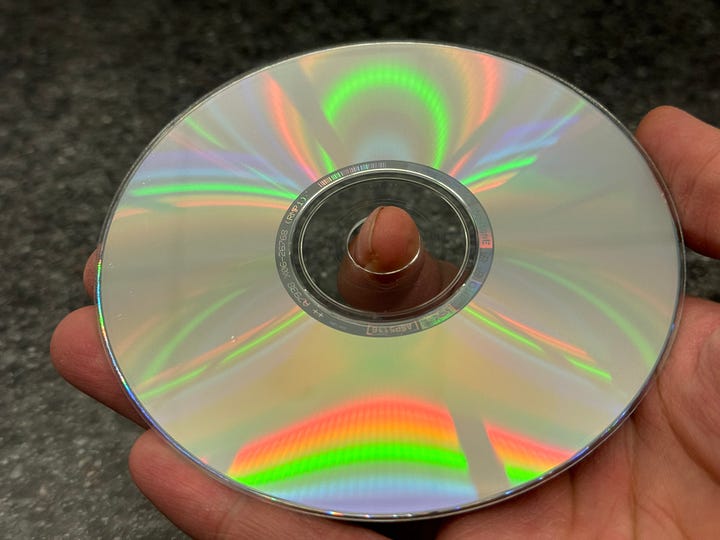
A 2 CD jewel case contains the actual application software. The case art matches the front of the box and the spine is in line with Microsoft’s other software of that Windows 98-XP era: white paper, black sans serif font, black Microsoft logo.
The back of the case includes the product key (blurred out), the copyright information, and a notification about the CDs shipping with “advanced hologram technology”!
Opening the case, the inside of the cover art includes more copyright info and some simple installation instructions. I could tell it was folded over so I pulled the cover out to see what was inside, but it was blank. Why Microsoft shipped it like that is unknown to me, but I thought it was odd given the attention to detail that they gave the discs themselves.
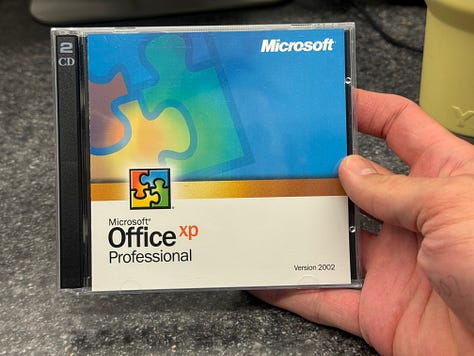
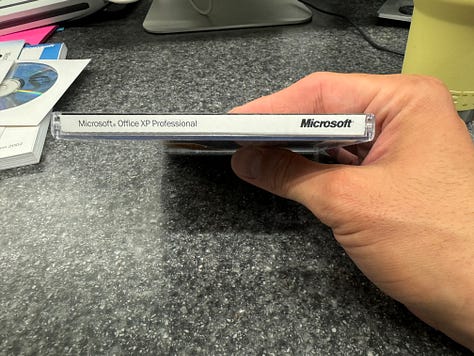
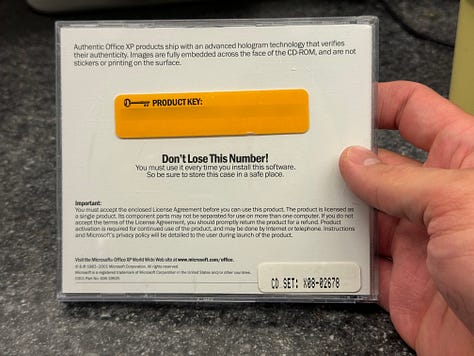
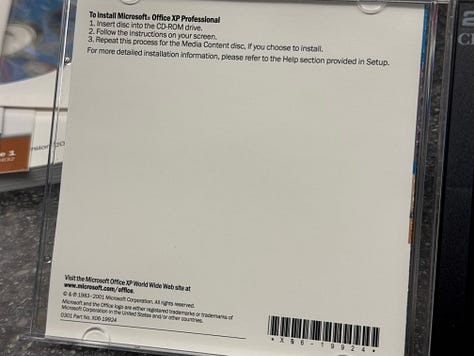
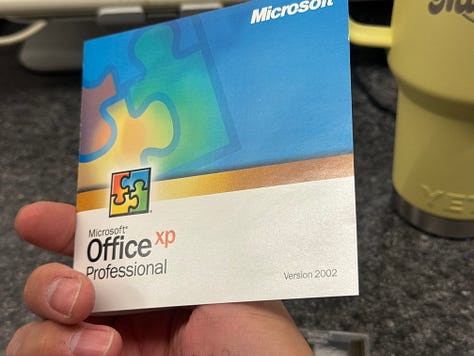
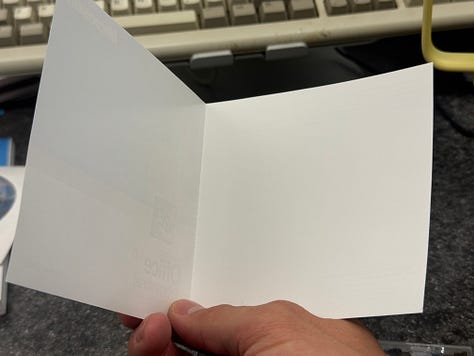
I pulled out both upgrade discs and admired that “hologram technology” before checking the backs. Both discs were perfect. It’s likely these were used one time to upgrade from Office 97 or Office 2000 and never touched again until now.
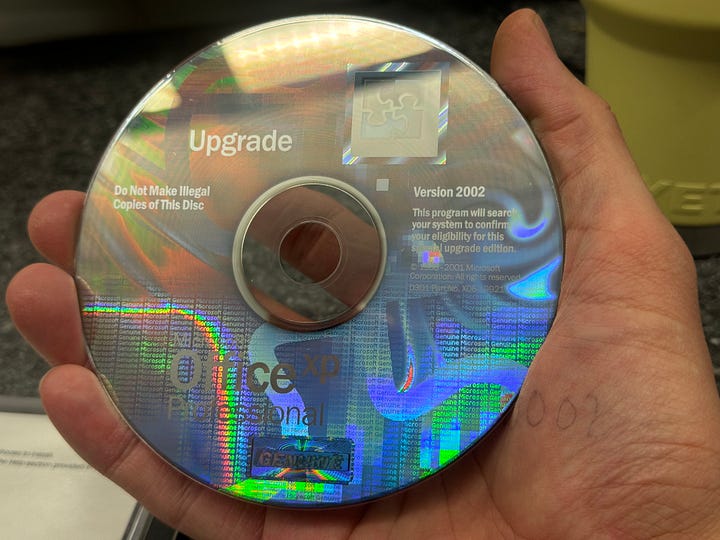
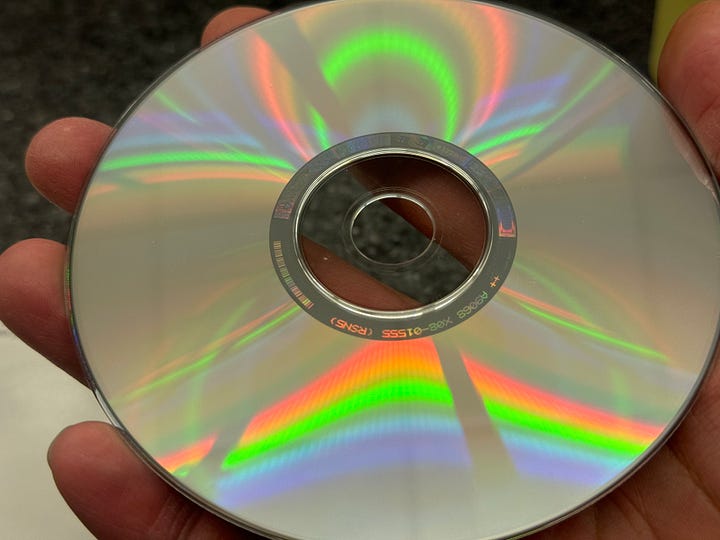
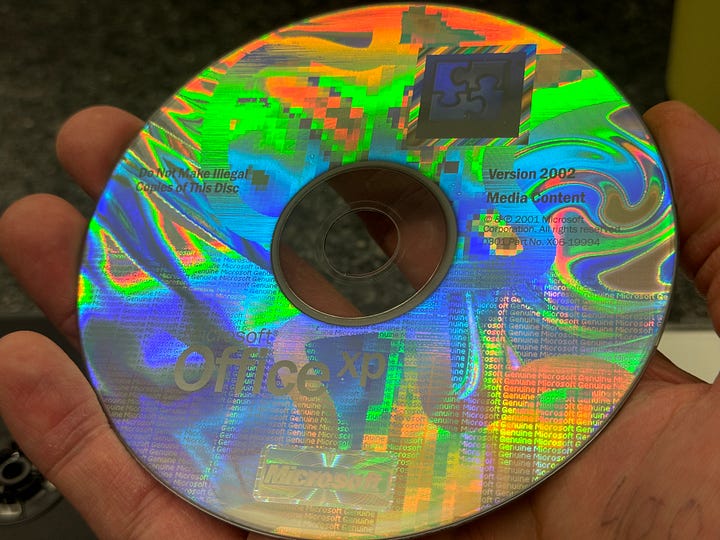
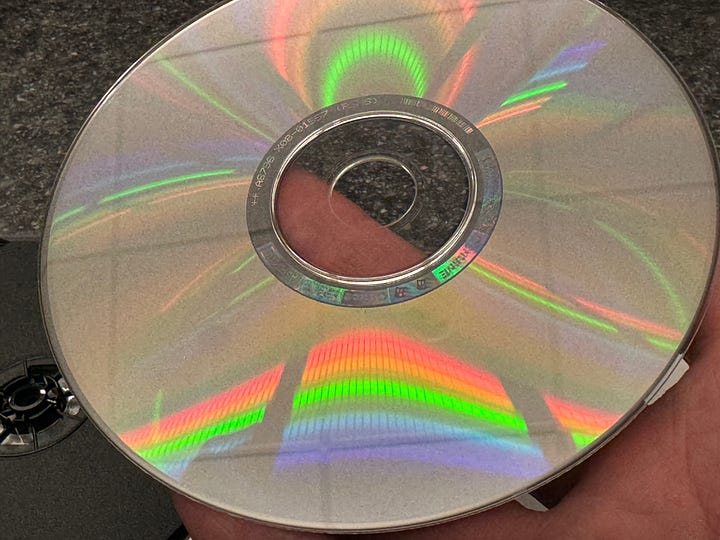
Next Steps
All-in-all, I am very satisfied with this purchase. Was it necessary? No. Would most people want to use it over Office 365 or LibreOffice? Most likely, not. Is it a cool bit of tech history that is fun to collect and preserve? Absolutely! I intend to install this on one of my Windows XP machines and do a full review of it, but that is for a later date.







I miss all that too. The feeling of a real product in your hands. And the manuals :() , we even haven't that in digital anymore. No manual simply. There was a time that if you wanted to learn the software, just go through the manual. Now is jungle, watch a bunch of ytube videos with each person saying one different thing and try to discover by yourself how it works. The software industry besides a billion profits has lost its capability of produce good products. We have mean products advertise as the latest great human achievement when in fact things keep going worse time after time.